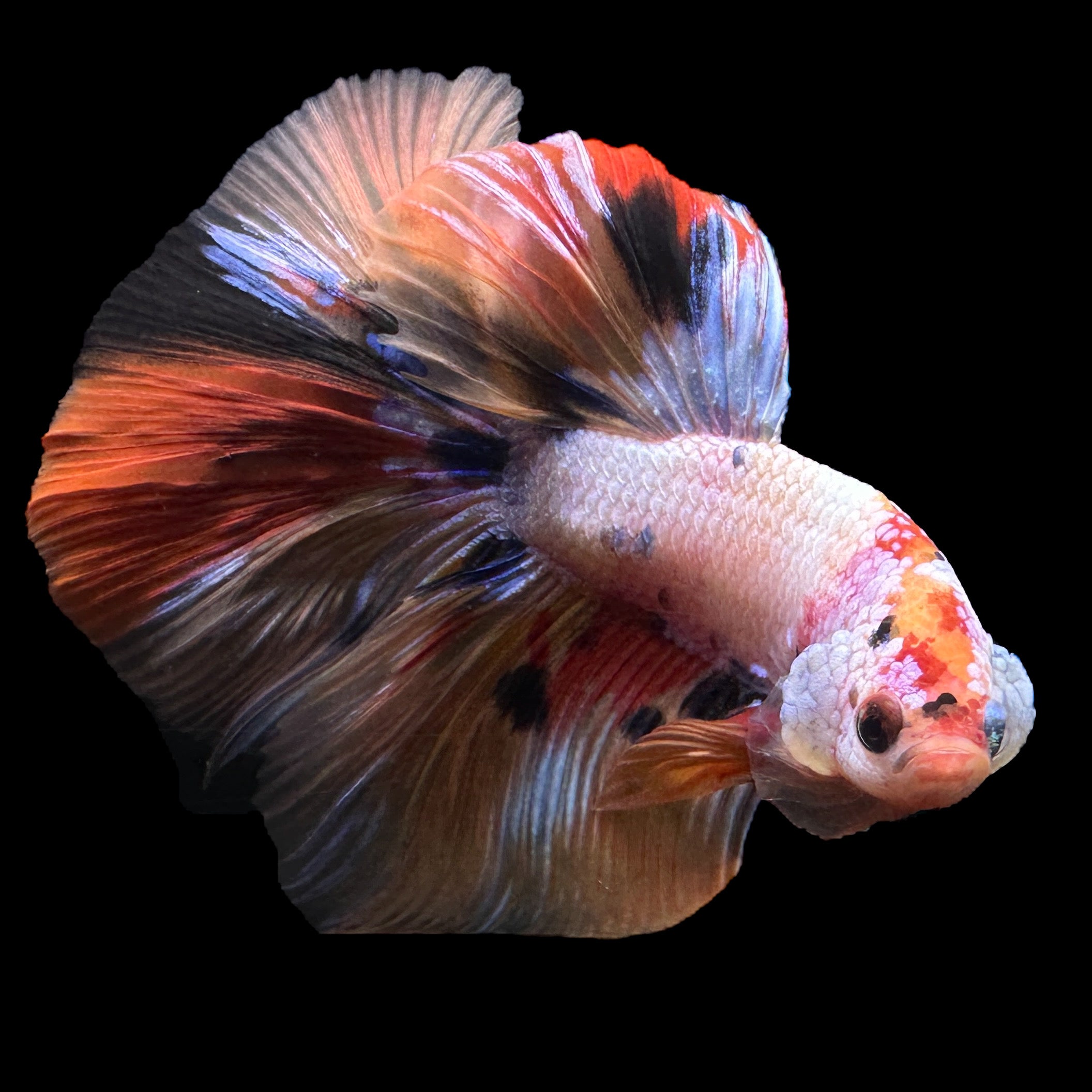The Ultimate Betta Fish Care Guide for New Pet Dog Owners
The Ultimate Betta Fish Care Guide for New Pet Dog Owners
Blog Article
Reproducing Betta Fish: a Comprehensive Step-By-Step Guide to Successfully Raising Infant Bettas From Eggs to The Adult Years
Breeding Betta fish is a thorough endeavor that needs cautious preparation and implementation to guarantee the successful development of fry from eggs to grow fish. Picking genetically diverse reproduction couple with desirable features is only the start; creating an ideal setting and recognizing the intricacies of the reproducing procedure are just as vital. As the male Betta vigilantly constructs a bubble nest and guards the priceless eggs, the subsequent phases of care and change demand focus to information and expertise of finest techniques. How does one browse the tough yet fulfilling course of nurturing these lively animals to adulthood?

Picking Breeding Pairs
When starting the journey of breeding Betta fish, picking the appropriate breeding sets is essential to attaining desirable traits and a healthy lineage - betta fish. The very first step in this process is to determine the details attributes you wish to boost or preserve, such as shade, fin kind, and body form. It is vital to choose genetically diverse pairs to stay clear of inbreeding, which can cause wellness concerns and unfavorable attributes
Examine possible breeding prospects thoroughly. A healthy and balanced male Betta must show dynamic shades, an active behavior, and well-formed fins, while the female should also present vibrant coloration and a rounded stubborn belly, showing preparedness for spawning. Observing the personality of both fish is vital, as aggressive or excessively reluctant people may not reproduce successfully.
Maintaining documents of the parent fish's origins can aid you track genetic qualities and potential concerns. Inevitably, spending time in the option procedure will significantly boost the probability of creating strong, lively spawn that meet your reproduction objectives.

Preparing the Reproduction Tank
Developing an ideal breeding environment is a vital step after choosing appropriate pairs for Betta fish. The breeding container should be specifically made to supply convenience and promote the natural reproduction behaviors of the fish. Start with a tank size of at the very least 10 gallons to ensure adequate room for both the man and women Bettas.
Keep a gentle filtering system to keep the water tidy while preventing solid currents that can worry the fish. In addition, an air rock can be added to give oxygenation without interrupting the water surface area excessive.
Temperature law is essential; go for a steady series of 78-82 ° F(25-28 ° C) utilizing a trusted heating system. The pH level ought to be maintained in between 6.5 and 7.5, and normal water modifications are essential to ensure high water quality.
Incorporate floating plants or spawning mops to develop hiding areas for the lady, while likewise encouraging bubble nest structure by the man - betta fish. Ultimately, guarantee the tank is devoid of sharp decorations and any kind of prospective risks, as the welfare of the fish should constantly be prioritized throughout this essential stage of reproduction.
The Reproduction Refine
Usually, the breeding process for Betta fish involves a series of distinctive and visible actions that indicate preparedness for recreation. The male Betta begins by building a bubble nest at the water's surface area, which offers as a website for the fed eggs. This nest is important, as it gives a safe atmosphere for the eggs up until they hatch.
Once the nest is developed, the man will display courtship actions, such as flaring his fins and displaying dynamic shades to bring in the woman. The female, upon noticing the man's readiness, will certainly react by showing upright stripes along her body, signaling her receptiveness.
The fertilized eggs then fall to the bubble nest, where the male very carefully collects and returns them to the nest. Following this, the male thinks duty for securing the nest and ensuring the safety and security of the eggs until they hatch, normally within 24-36 hours.
Caring for Betta Fry
Looking after Betta fry needs mindful attention to their environment and nourishment to make certain healthy and balanced growth and advancement. After hatching, Betta fry are exceptionally tiny and at risk, requiring a stable and clean environment. Maintaining a water temperature between 78 ° F and 80 ° F is essential, as Betta fry grow in warm problems. Furthermore, make certain that the water is cost-free of dangerous toxins; routine water adjustments of 10-20% are recommended to maintain optimum use this link water high quality.
Feeding Betta fry is just as important. Feed them tiny amounts numerous times a day, being mindful not to overfeed, which can lead to water high quality issues.
Transitioning to Grownup Bettas
As Betta fry fully grown, transitioning them to adult Bettas is a vital stage that calls for careful monitoring of their from this source setting and social interactions. This process commonly starts when the fry reach around six weeks of age, whereupon they can be gradually introduced to an extra organized living environment.
To facilitate this shift, it is necessary to guarantee that the water criteria-- such as temperature level, pH, and ammonia levels-- are ideal and secure. Grown-up Betta fish thrive in cozy water (around 78-80 ° F) with a pH of 6.5 to 7.5. Gradually acclimate the fry to these problems to minimize tension.
Social interactions are one more key element; man Bettas are infamously territorial and aggressive. For that webpage reason, it is recommended to separate males into specific containers as they mature. Women Bettas can be housed together, yet care must be required to keep an eye on for indications of aggressiveness.
Additionally, nutritional modifications should be made as the fry expand. Integrate high-grade pellets and live foods to support their growth and health and wellness. By taking care of these elements properly, you can advertise a successful change to the adult years for your Betta fish.

Conclusion
Effective breeding of Betta fish calls for cautious focus to information throughout the entire process, from picking genetically diverse sets to providing optimum take care of fry. By making sure suitable breeding conditions and preserving water top quality, the chance of healthy and balanced spawn raises dramatically. Furthermore, a well balanced diet and gradual adaptation to adult atmospheres are crucial for the growth and growth of Betta fish. Following these steps carefully fosters a prospering population of Betta fish, improving both their health and wellness and vigor.
Report this page